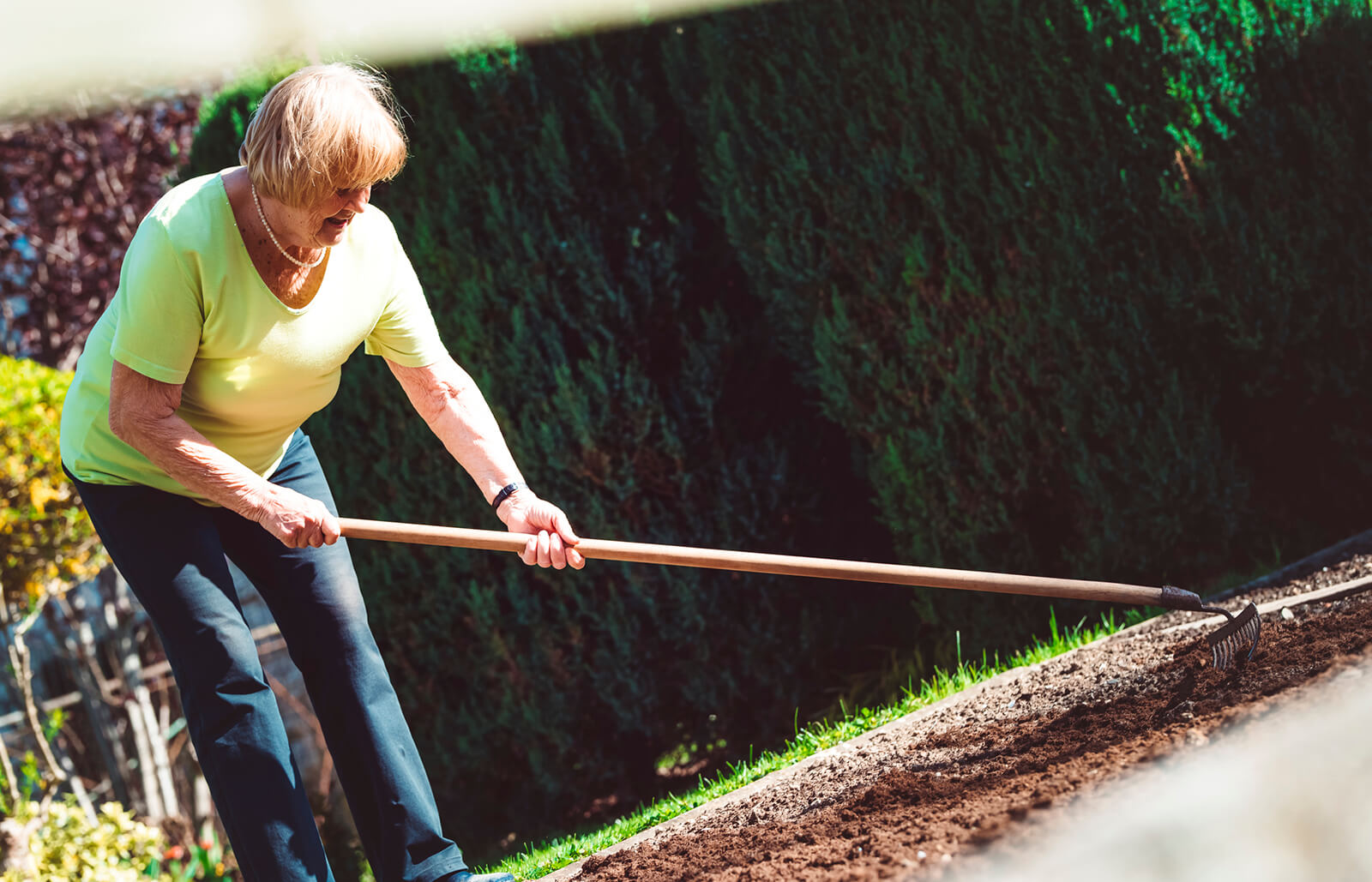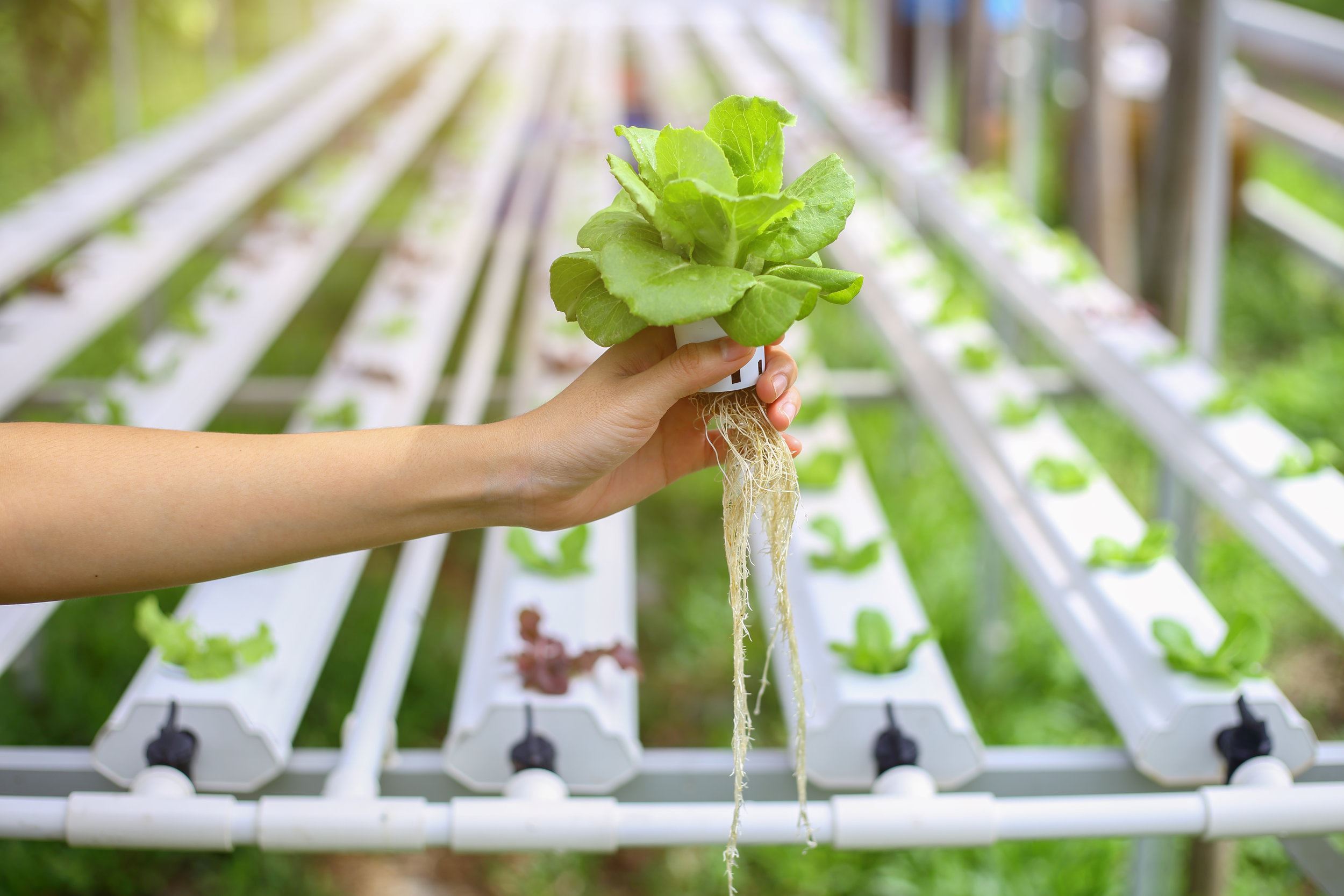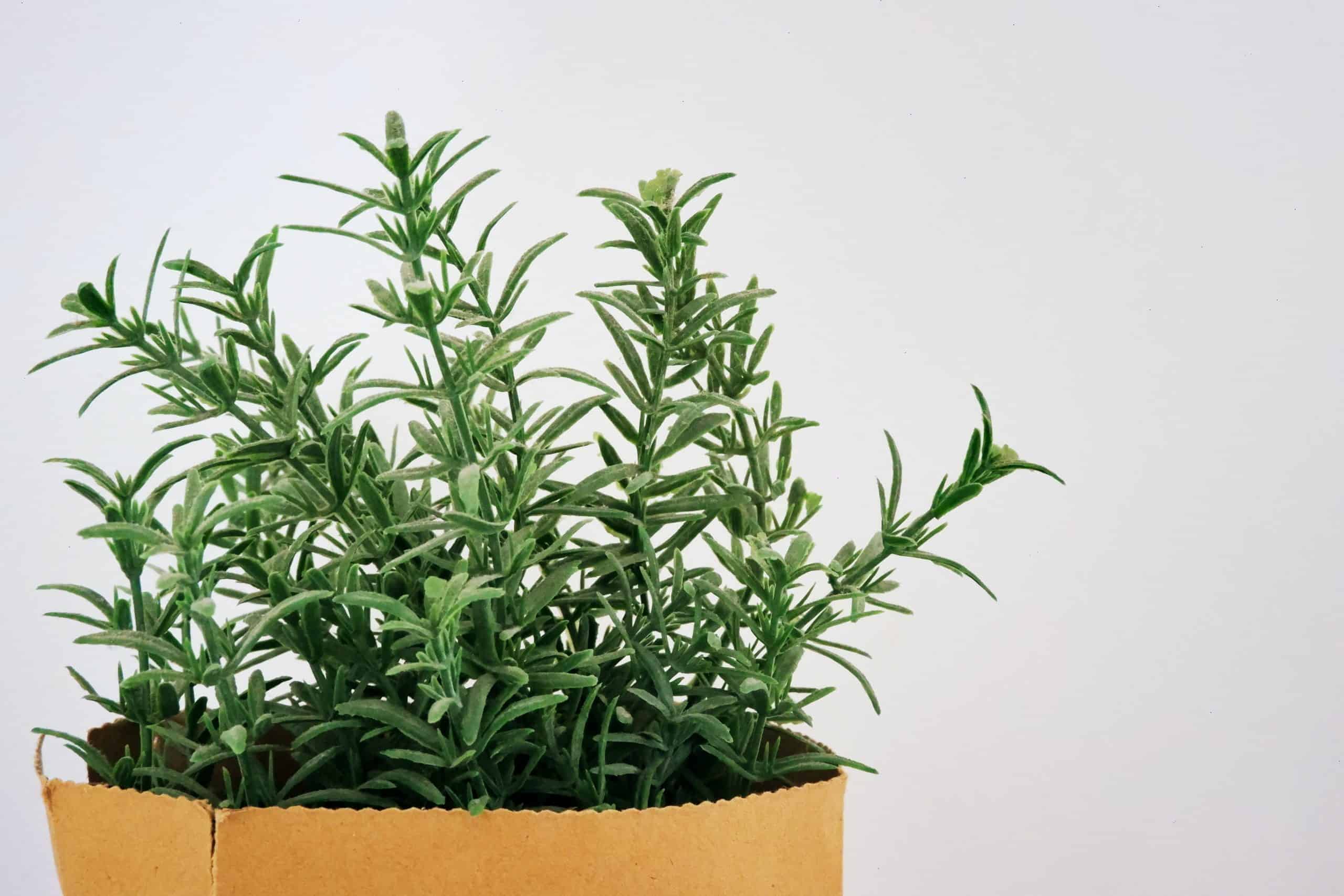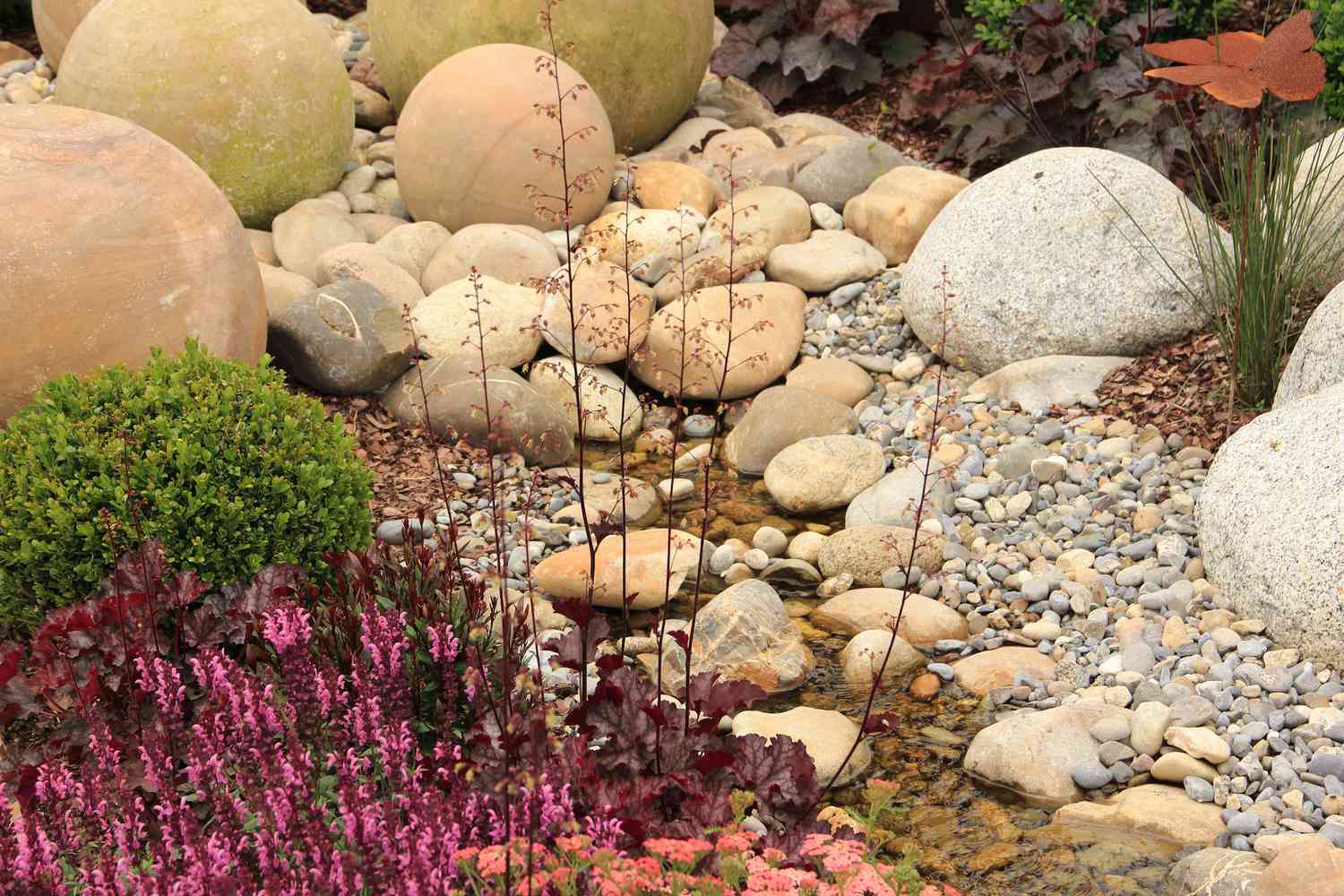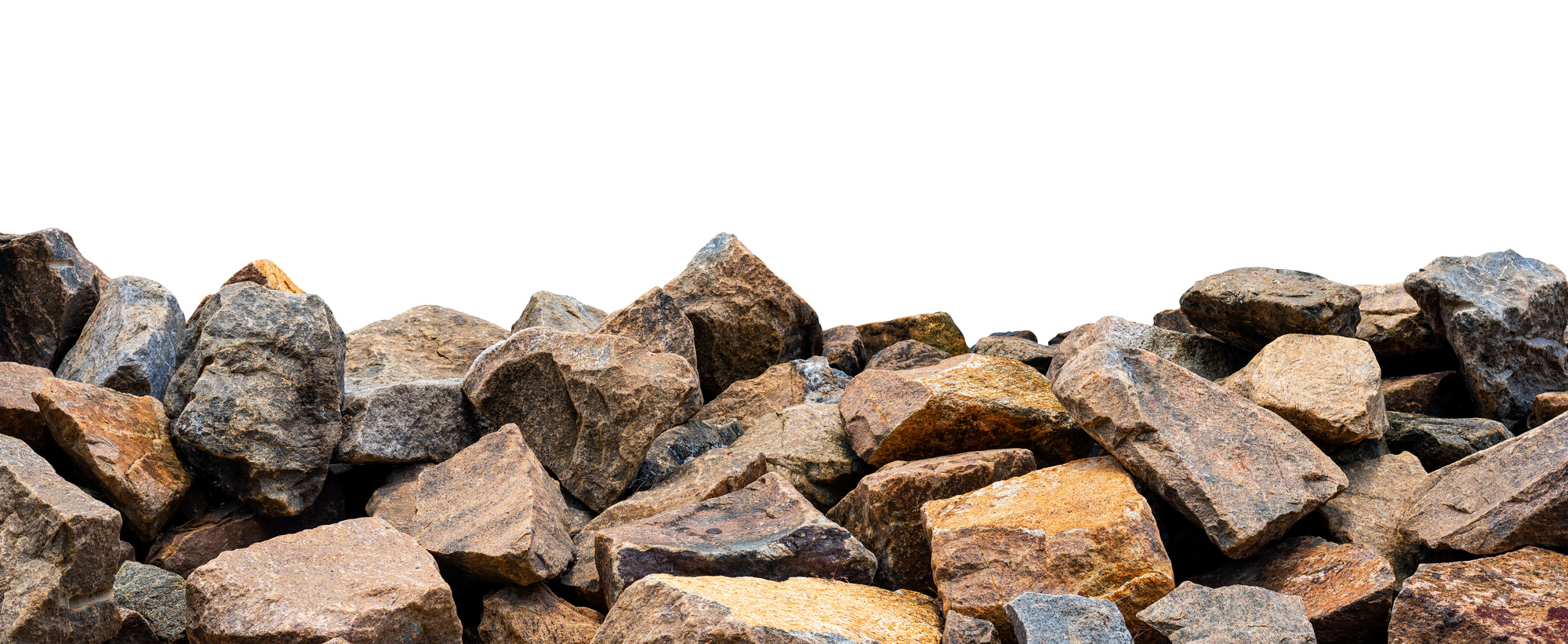Home>Gardening Tips and Tricks>Eco-Friendly Gardening>What Can I Use Instead Of Mulch For Landscaping


Eco-Friendly Gardening
What Can I Use Instead Of Mulch For Landscaping
Modified: January 22, 2024
Discover eco-friendly alternatives to traditional mulch for your landscaping needs. Find out what you can use instead and make your garden more sustainable.
(Many of the links in this article redirect to a specific reviewed product. Your purchase of these products through affiliate links helps to generate commission for Chicagolandgardening.com, at no extra cost. Learn more)
Table of Contents
Introduction
Welcome to the world of eco-friendly gardening! If you’ve been considering starting a garden or sprucing up your existing landscaping, you’re in the right place. In this article, we’ll explore the concept of eco-friendly gardening and provide you with alternatives to traditional mulch for your landscaping needs.
Eco-friendly gardening is all about taking a sustainable and environmentally conscious approach to your gardening practices. It involves making choices that minimize harm to the planet, such as reducing water usage, promoting biodiversity, and avoiding the use of chemicals or synthetic products.
One important aspect of eco-friendly gardening is the use of mulch. Mulch is a material that is spread over the soil surface to protect plants and soil from the elements. It helps to conserve moisture, suppresses weed growth, regulates soil temperature, and improves soil health. Traditional mulch options include wood chips, bark, and straw.
While traditional mulch options have their benefits, there are also alternative materials available that can be equally effective and more environmentally friendly. These alternatives offer a range of benefits, from reducing waste and promoting sustainability to adding aesthetic appeal to your landscaping.
In this article, we’ll explore five alternative options to traditional mulch for your landscaping needs. We’ll discuss the benefits of each alternative and provide tips on how to choose the best one for your garden. By considering these alternatives, you can create a beautiful and eco-friendly garden that aligns with your values.
Benefits of Mulching
Mulching offers a wide range of benefits for your garden and landscaping. Understanding these benefits can help you appreciate the importance of mulching and why it is a popular practice among gardeners. Here are some of the key benefits:
- Moisture Conservation: Mulch acts as a barrier between the soil and the atmosphere, reducing evaporation and helping to retain moisture. This is especially important during hot and dry periods, as it helps to prevent water stress and keeps your plants hydrated.
- Weed Suppression: Mulch creates a physical barrier that prevents weed seeds from reaching the soil surface and germinating. This reduces the need for manual weeding and helps to keep your garden beds neat and tidy.
- Temperature Regulation: Mulch helps to regulate soil temperature by insulating the soil, preventing extreme temperature fluctuations. This is particularly beneficial during the hot summer months, as it keeps the soil cooler and protects the roots of your plants.
- Soil Improvement: As mulch breaks down, it contributes organic matter to the soil, enriching it with nutrients and improving its overall structure. This promotes the growth of beneficial microorganisms and earthworms, which enhance soil fertility and health.
- Erosion Control: Mulch acts as a protective layer, preventing soil erosion caused by wind and water. It helps to anchor the soil in place and reduces the risk of nutrient runoff, ensuring that the soil stays in place and retains its valuable nutrients.
- Aesthetic Appeal: Mulch adds a polished look to your garden beds and landscaping. It creates a clean and uniform appearance, enhancing the overall aesthetic appeal of your outdoor space.
These benefits make mulching an essential practice for any gardener looking to create a thriving and sustainable garden. By understanding the advantages of mulch, you can make informed decisions about the materials you choose for your landscaping needs.
Alternatives to Mulch for Landscaping
While traditional mulch options like wood chips, bark, and straw have their benefits, there are also alternative materials that can be used to achieve similar or even better results for your landscaping needs. These alternatives offer a range of benefits, from being environmentally friendly to adding unique aesthetics to your garden. Here are five great alternatives to consider:
- Gravel or Pebbles: Gravel or pebbles provide excellent coverage and can create a modern and polished look in your garden. They are low-maintenance, do not break down like organic mulches, and can withstand heavy foot traffic. Gravel also provides good drainage, making it suitable for plants that prefer drier conditions.
- Wood Chips or Bark: Similar to traditional mulch, wood chips or bark can be used as a natural and eco-friendly alternative. They provide good moisture retention, weed suppression, and soil improvement. Be sure to choose wood chips or bark from sustainable sources to ensure minimal impact on the environment.
- Pine Straw or Hay: Pine straw and hay are popular alternatives for gardeners looking for a natural and rustic look. They provide good moisture retention and weed suppression, while also adding organic matter to the soil as they break down. Pine straw is particularly beneficial for acid-loving plants, as it gradually acidifies the soil.
- Rubber Mulch: Made from recycled rubber, rubber mulch is a durable and long-lasting alternative that is gaining popularity. It offers excellent weed suppression, moisture retention, and insulation properties. Rubber mulch is also safe for children and pets, as it does not attract pests or mold.
- Leaves or Compost: Recycling fallen leaves or creating your own compost can be a cost-effective and sustainable alternative to traditional mulch. Shredded leaves or compost can be spread on your garden beds to improve soil health, retain moisture, and suppress weeds. This option allows you to utilize organic materials and reduce waste in your garden.
Each of these alternative options provides unique benefits and can be chosen based on your specific gardening needs and preferences. Consider factors such as the plants you are growing, the aesthetic you want to achieve, and the maintenance level you desire when selecting the best alternative for your landscaping.
Gravel or Pebbles
When it comes to eco-friendly landscaping alternatives to mulch, gravel or pebbles are a popular choice. They offer a unique and modern look to your garden while providing several practical benefits as well.
One of the key advantages of using gravel or pebbles is their low-maintenance nature. Unlike organic mulches that break down over time, gravel and pebbles do not require regular replacement or replenishment. This makes them a cost-effective option in the long run.
Gravel and pebbles also provide excellent drainage, making them ideal for areas that tend to retain excess water. They create a permeable surface that allows rainwater to infiltrate the soil, preventing waterlogging and potential damage to plant roots. Additionally, this drainage feature helps plants that prefer drier conditions to thrive.
Another benefit of using gravel or pebbles is their ability to withstand heavy foot traffic. This makes them suitable for garden pathways or areas where people frequently walk. Unlike mulch which may get compacted or displaced with foot traffic, gravel or pebbles retain their structure and appearance.
In terms of aesthetics, gravel and pebbles offer endless possibilities. They come in a variety of colors, sizes, and textures, allowing you to create a customized look that complements your garden theme. Whether you prefer a minimalist design with uniform gravel or a more natural look with a mix of different-sized pebbles, there is a style to suit every preference.
It is important to note that when using gravel or pebbles, proper installation is key. A weed barrier should be placed underneath the gravel to prevent weed growth. Additionally, edging materials can be used to create boundaries and keep the gravel in place.
Overall, gravel or pebbles offer a practical and visually appealing alternative to traditional mulch. They provide low-maintenance coverage, excellent drainage, and the ability to withstand heavy foot traffic. If you’re looking for a modern and durable landscaping option, consider incorporating gravel or pebbles into your design.
Wood Chips or Bark
Wood chips and bark are traditional mulch options that can also serve as eco-friendly alternatives for your landscaping needs. They offer many of the same benefits as organic mulch while providing a natural and aesthetically pleasing look to your garden.
One of the key advantages of using wood chips or bark is their ability to retain moisture in the soil. They act as a protective layer, reducing evaporation and helping to conserve water. This is especially beneficial during hot and dry periods, as it helps to prevent water stress and keeps your plants hydrated.
In addition to moisture retention, wood chips and bark also provide an effective weed suppression barrier. By blocking sunlight from reaching the soil surface, they prevent weed seeds from germinating and competing with your plants for nutrients and space. This reduces the need for manual weeding and helps to keep your garden beds looking neat and tidy.
Wood chips and bark also contribute to soil improvement as they break down. As they slowly decompose, they add organic matter to the soil, enriching it with nutrients and improving its overall structure. This promotes the growth of beneficial microorganisms and earthworms, which enhance soil fertility and health.
Another advantage of using wood chips or bark is their natural appearance. They blend well with various garden styles and can create a harmonious and cohesive look. Whether you prefer a rustic, woodland feel or a more polished and formal design, wood chips or bark can help you achieve the desired aesthetic.
When using wood chips or bark, it is important to choose materials from sustainable sources. Look for suppliers that harvest their wood responsibly or use by-products from the lumber industry. By opting for sustainable options, you can minimize the environmental impact of your landscaping practices.
Overall, wood chips and bark offer a versatile and eco-friendly mulching alternative for your garden. They help to retain moisture, suppress weeds, improve soil health, and add a natural aesthetic appeal. Consider incorporating wood chips or bark into your landscaping design to create a sustainable and beautiful outdoor space.
Pine Straw or Hay
If you’re looking for a natural and rustic alternative to traditional mulch, consider using pine straw or hay in your landscaping. These materials offer unique benefits and can add a charming aesthetic to your garden.
Pine straw, also known as pine needles, is a popular choice for gardeners who want to create an organic and woodland feel. It is lightweight, easy to spread, and provides excellent moisture retention. Pine straw acts as a natural insulator, regulating soil temperature and reducing water evaporation. Additionally, it gradually acidifies the soil as it breaks down, making it an ideal choice for acid-loving plants such as azaleas and blueberries.
Hay is another alternative that can be used as a mulch in your garden. It offers similar benefits to pine straw, including moisture retention and weed suppression. Hay also breaks down over time, adding organic matter to the soil and improving soil structure. This can enhance soil fertility and promote the growth of beneficial microorganisms.
One advantage of using pine straw or hay as mulch is their accessibility. They are readily available in many regions and can be sourced locally, reducing transportation carbon emissions. Additionally, both pine straw and hay are suitable for composting, allowing you to recycle them and create nutrient-rich compost for your garden.
When using pine straw or hay, it’s important to apply them in a thick layer to provide effective weed suppression and moisture retention. A layer of 2-3 inches is usually sufficient. It’s also recommended to periodically fluff or turn the straw or hay to prevent matting and allow air circulation.
While pine straw and hay offer many benefits, it’s important to note that they may not be suitable for all garden styles. Their rustic appearance may not align with more formal or contemporary designs. However, if you’re aiming for a natural, cottage garden look or want to create a rustic landscape, pine straw or hay can be an excellent choice.
In summary, pine straw and hay are natural alternatives to traditional mulch that can add a charming and rustic touch to your garden. They provide moisture retention, weed suppression, and soil improvement benefits. Consider using pine straw or hay in your landscaping to create a sustainable and visually appealing outdoor space.
Rubber Mulch
If you’re looking for a durable and long-lasting mulch alternative, rubber mulch is an eco-friendly option to consider. Made from recycled rubber, it offers several benefits for your landscaping needs.
One of the main advantages of using rubber mulch is its excellent weed suppression capabilities. It forms a dense barrier that prevents weed growth, reducing the need for constant weeding or the use of herbicides. This can save you time and effort in maintaining your garden beds.
Rubber mulch is also highly durable and can withstand various weather conditions. It does not decompose or break down like organic mulches, ensuring that it will last for several years without the need for replacement. This makes it a cost-effective choice in the long run.
In addition to weed suppression, rubber mulch also provides good moisture retention. It helps to conserve water by reducing evaporation from the soil surface. This is especially beneficial during dry periods, as it helps to keep your plants hydrated and reduces the need for frequent watering.
Another advantage of rubber mulch is its safety features. It is non-toxic and does not attract pests or mold. Additionally, rubber mulch is safe for children and pets to play on, as it provides a soft and cushioned surface that helps prevent injuries from falls.
When choosing rubber mulch, it’s important to select products made from recycled rubber with minimal chemical additives. Look for options that have been tested for heavy metals and comply with safety regulations. This will ensure that you are using a high-quality and environmentally friendly product.
It’s worth noting that rubber mulch does not provide the same soil improvement benefits as organic mulches. However, you can still incorporate organic materials, such as compost or shredded leaves, into your garden beds to promote soil health and fertility.
In summary, rubber mulch offers an eco-friendly and long-lasting alternative to traditional mulch. It provides excellent weed suppression, good moisture retention, and safety features for your landscaping needs. Consider using rubber mulch to create a low-maintenance and sustainable outdoor space.
Leaves or Compost
When it comes to eco-friendly alternatives for mulch, you can’t go wrong with utilizing leaves or compost from your own garden. Not only are they cost-effective and sustainable options, but they also provide numerous benefits for your landscaping needs.
Leaves are readily available in most gardens, especially during the fall season. Instead of raking them up and disposing of them, consider using them as mulch. Shredded leaves can be spread over your garden beds to provide a protective layer that helps retain moisture and regulate soil temperature. As they break down, they also contribute organic matter to the soil, improving its fertility and structure.
Compost is another fantastic option for mulching. It is essentially decomposed organic matter, such as vegetable scraps, yard waste, and other organic materials. Compost adds valuable nutrients to the soil, supports beneficial microbial activity, and improves moisture retention. Using compost as mulch helps promote soil fertility and creates a healthy environment for your plants to thrive.
One of the key benefits of using leaves or compost as mulch is sustainability. By recycling organic materials from your own garden, you reduce waste and minimize the need for external inputs. This not only saves money but also promotes a healthier and more resilient garden ecosystem.
It’s important to properly prepare leaves or compost before using them as mulch. Shredding leaves into smaller pieces speeds up the decomposition process and prevents them from matting. For compost, ensure that it is well-aged and fully decomposed to prevent potential competition with your plants for nutrients.
When applying leaves or compost as mulch, spread them in a layer of about 2-3 inches thick. This will provide effective weed suppression, moisture retention, and temperature regulation. Be sure to leave some space around the plants’ base to prevent rot or diseases caused by excessive moisture accumulation.
If you don’t have enough leaves or compost in your own garden, consider reaching out to local garden centers or composting facilities. They might have excess materials that can be used as mulch or offer compost for purchase.
In summary, utilizing leaves or compost as mulch is a sustainable and cost-effective option for your garden. They provide moisture retention, weed suppression, and soil improvement benefits. By recycling organic materials, you contribute to a healthier ecosystem and create a more vibrant and thriving garden.
Factors to Consider when Choosing an Alternative
When selecting an alternative to traditional mulch for your landscaping, there are several factors to consider. Each alternative option has its own unique features and benefits, so it’s important to assess your specific gardening needs and preferences. Here are some key factors to consider when choosing an alternative:
- Moisture Retention: Consider how well the alternative material retains moisture in the soil. If you live in an arid climate or have plants that require regular watering, choose an option that provides good moisture retention.
- Weed Suppression: Evaluate the effectiveness of the alternative in suppressing weed growth. Look for materials with thick coverage and those that create a barrier to prevent weed seeds from germinating.
- Drainage: Depending on your soil type and the water needs of your plants, consider how well the alternative allows for proper drainage. Some options are better suited for well-drained soils, while others offer better drainage for areas prone to waterlogging.
- Aesthetics: Assess the visual appeal of the alternative material. Consider whether it complements your garden style and desired look. Some options, like gravel or pebbles, offer a modern and polished appearance, while others, like pine straw or leaves, provide a more natural and rustic look.
- Durability: Think about the longevity of the alternative material. Consider options that are durable and will maintain their effectiveness without the need for frequent replacement or replenishment.
- Availability: Explore the availability of the alternative material in your area. Some options, like wood chips or rubber mulch, may be more readily accessible, while others, like pine straw or specific compost mixes, may require a bit more effort to source.
- Sustainability: Evaluate the environmental impact of the alternative material. Look for options made from recycled or sustainable sources to minimize your carbon footprint and support eco-friendly practices.
By considering these factors, you can choose an alternative to traditional mulch that best meets your gardening needs and aligns with your values. Remember to also take into account the specific requirements of your plants and the overall design of your garden to create a harmonious and sustainable outdoor space.
Conclusion
Eco-friendly gardening is all about making sustainable choices that promote the health of your garden while minimizing harm to the environment. When it comes to mulching, there are many alternatives to traditional options like wood chips, bark, and straw that can enhance the beauty and functionality of your landscaping.
Gravel or pebbles offer a modern and durable alternative, while wood chips or bark provide the benefits of organic mulch. Pine straw or hay can add a rustic charm to your garden, while rubber mulch offers long-lasting weed suppression and safety features. Leaves or compost from your own garden can be a sustainable and cost-effective option.
When choosing an alternative, it’s important to consider factors such as moisture retention, weed suppression, drainage, aesthetics, durability, availability, and sustainability. Assessing these factors will help you determine the best option for your landscaping needs and achieve a thriving and eco-friendly garden.
Remember, eco-friendly gardening is not just about the materials you use, but also about how you utilize them. Proper installation, maintenance, and consideration of your plant’s specific requirements are all keys to success. So, embrace the world of eco-friendly gardening and create a beautiful and sustainable outdoor space that you can enjoy for years to come.
